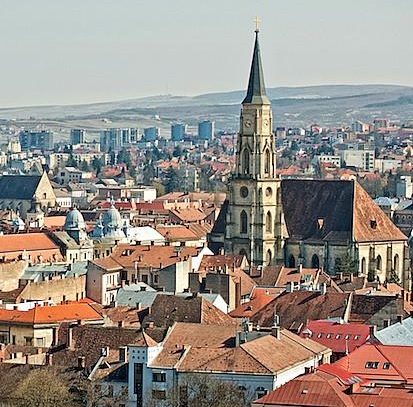House prices were up 7.3% y-o-y in Q2 2020
The average selling price of apartments in Romania soared by 7.3% in Q2 2020 from a year earlier, following y-o-y rises of 9.51% in Q1 2020, 4.02% in Q4 2019, and 0.72% in Q3 2019. Though on a quarterly basis, Romanian real house prices fell by 4.44% in Q2 2020.
House price growth averaged 8.7% annually from 2015 to 2017 before slowing to 3.3% in 2018 and 4% in 2019. Romania’s strong performance over the past five years is a rebound from previous dramatic falls. House prices plunged by 24.22% in 2009, 22.08% in 2010, 6.99% in 2011, 5.96% in 2012, 10.43% in 2013, and 1.59% in 2014. It was only in 2015 that the housing market began to recover.

Demand weakens, construction activity steady
In the second quarter of 2020, the demand for residential dwellings in Romania’s six biggest cities fell by 18% to about 135,400 from a year earlier, and by about 21% when compared to the previous quarter, according to real estate intelligence platform Analize Imobiliare. Despite this, figures for June (the end of the state of emergency) showed some improvements, with the total number of sold properties nationwide rising by 16.4% y-o-y to 46,818 units, according to the National Agency for Cadastre and Land Registration.
Yet residential construction was almost steady. During 2019, the total number of residential building permits in Romania fell slightly by 0.4% to 42,541 units from a year earlier, according to the National Institute of Statistics (INS). In contrast, the area of residential building permits issued increased 2.7% y-o-y to 10.97 million sq. m. last year.
Rents, rental yields: good yields at 6.07%
Bucharest apartment costs are low, at around €1,591 per sq. m.
| Romania: typical city centre apartment buying price, monthly rent (120 sq. m) | |||
| Buying price | Rate per month | Yield | |
| Bucharest | € 190,920 | € 966 | 6.07% |
Recent news: Romania’s economy contracted by 10.5% in Q2 2020 from a year earlier, in contrast to annual expansions of 2.4% in Q1 2020, 4.3% in Q4 2019, 3% in Q3 2019 and 4.4% in Q2 2019, according to the National Institute of Statistics (INS). It was the first contraction since Q4 2012 and the biggest decline since the series began in Q1 1996. On a quarterly basis, real GDP declined 12.3% during the latest quarter. Recently, the European Commission projects that the Romanian economy will contract by 6% this year, following annual expansions of 4.1% in 2019, 4% in 2018, 7% in 2017, 4.8% in 2016, 3.9% in 2015 and 3.4% in 2014.